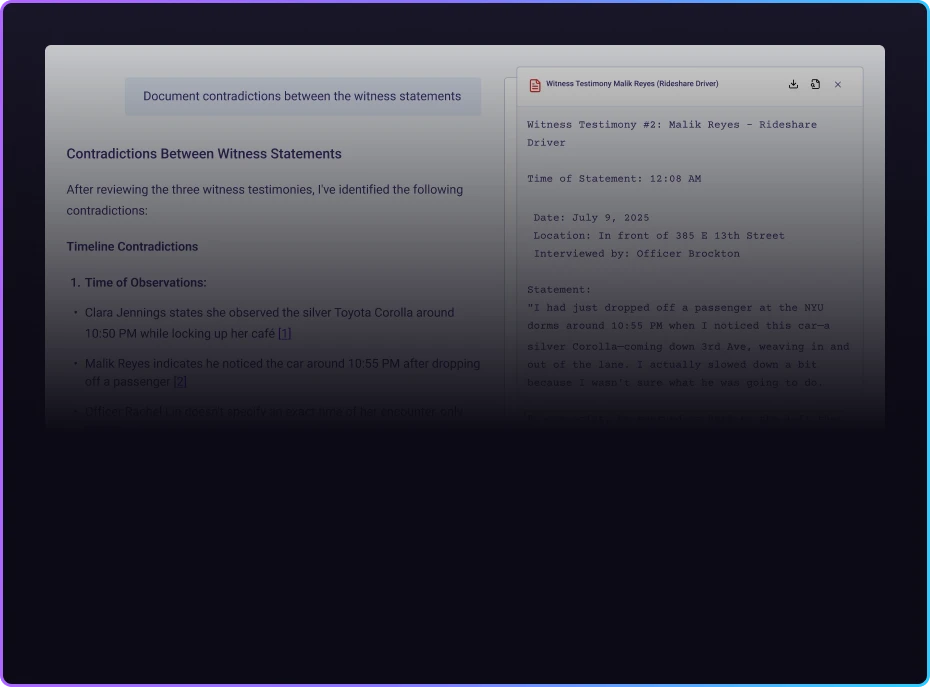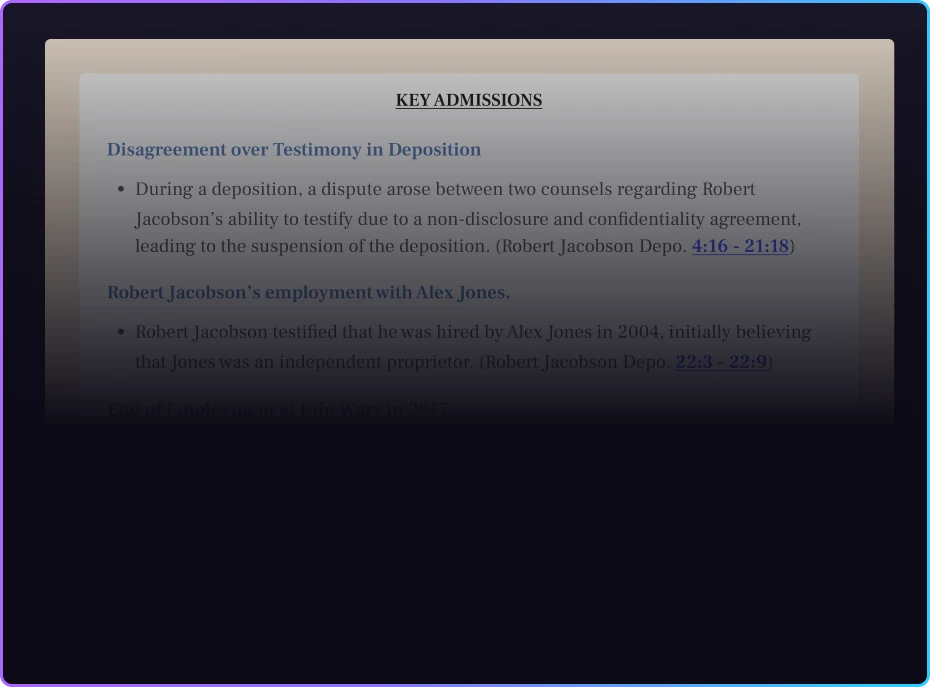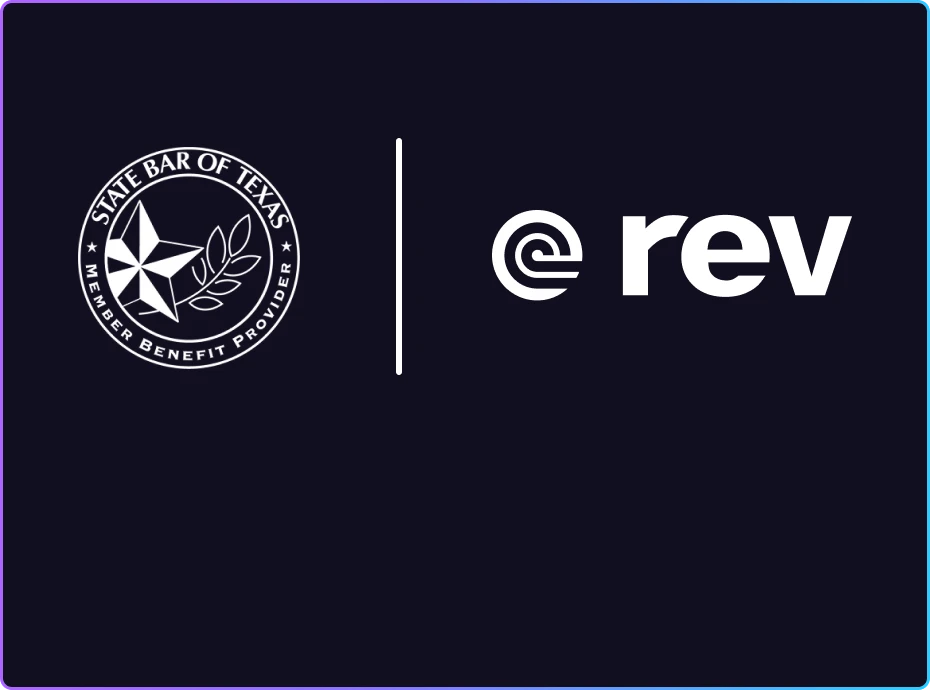Primary vs. Secondary Market Research
Primary and secondary methods provide information for market research or scholarly studies. Learn the key differences between primary and secondary research.

When conducting research — whether for a student paper or a business plan — you have two options. You can use primary research to gather data firsthand, or you can rely on secondary research to collect and apply data from studies others have done.
In most cases, you’ll rely on a little bit of both. That’s because each type of data gathering is valuable for businesses, students, and researchers of all kinds. Let’s look more closely at the difference between primary and secondary research, and the important role each plays in collecting and analyzing information.
Primary Research
Primary research involves conducting direct, firsthand studies to gather information about your subject. Rather than relying on preexisting data, you (or a company you hire) must create your own surveys, experiments, and data analysis to draw unique conclusions. There are many methods for conducting primary research, but the distinguishing factor is simple: The data and analysis are your own.
Secondary Research
Secondary research relies on studies others have done. Instead of setting up your own experiments or planning a focus group, you review reports by others who have done them and apply their data and conclusions to your situation. As with primary research, there are various ways to conduct secondary research, but the bottom line is straightforward: The information comes from a third-party source.
Primary vs. Secondary Data
Both secondary and primary research can generate relevant quantitative (measurable) and qualitative (descriptive) data. However, the details of the data vary based on the approach.
Data from primary research is current and unique to your specific context and situation. You create the questions or experiments and define the study parameters, giving you complete control over the quality and relevance of the data.
Secondary research data, meanwhile, is older and comes from pre-existing studies that were conducted by someone else for their own purposes. The information may still be highly relevant to your company or situation, but it is broader than primary data and must be interpreted carefully to ensure it’s accurately applied.
Secondary Research vs. Primary Research Methods
These two types of research rely on very different methods to gather information and draw conclusions. Let’s consider primary research vs. secondary research examples you might use for conducting market research for your business plan.
Primary Research Sources
To create an effective business plan and marketing strategy, you’d want to get hands-on data about your target audience. You might use any of the following primary research methods to gain insights into consumer opinions, preferences, brand perception, and more:
- Focus groups
- Surveys
- Case studies
- Interviews (including recordings and transcripts)
- Experiments
From the data you collect, you can analyze patterns and draw unique conclusions about your company and target market.
Secondary Research Sources
In secondary research, you might use any of the following third-party sources to gather information and apply it to your own company:
- Analyst reports
- Internet searches
- Published studies
- White papers
- Market reports
Whatever the source, secondary market research requires you to carefully interpret and apply third-party data to your business’s unique target market and specific goals.
How to Know Which Market Research Type Is Right for You
Choosing between primary and secondary research requires a detailed understanding of your desired outcomes. If you’re testing a new product idea on your customers, for instance, you’ll almost invariably need primary research. For more general information about your target market’s preferences, secondary research may be more helpful and effective.
In many cases, you’ll need both types of research. Creating and executing your own studies requires extensive time and resources, and it can be difficult to know where to start or how to focus your efforts. It’s often better to begin with secondary research methods to draw initial conclusions and establish a trajectory for primary research.
Choosing primary vs. secondary research — or when to combine them — requires an understanding of the benefits and disadvantages of each.
Pros and Cons of Primary Research
Here are a few pros and cons to consider when deciding whether to use primary research.
Pros
Primary research is designed to fit your specific needs. Its benefits include:
- Highly specific data: If your methods are well designed, you’ll get data that applies directly to your project, company, or field of study.
- Most current information: Unlike third-party studies, which may be several years old, primary research gives you the most up-to-date data about your subject.
- Tailored to your needs: You can design your research to zero in on exactly what you need to know.
Cons
The customized nature of primary research also brings several disadvantages, including:
- Expensive and time-consuming: Planning and executing focus groups, surveys, or experiments is labor-intensive and costly.
- Subject to bias: Poorly designed surveys or non-representative samples can yield skewed results and inaccurate information.
- Lacks broader context: Primary research helps you zero in on specific questions, but you might miss relevant contextual information that could change your conclusions.
Pros and Cons of Secondary Research
Here are a few pros and cons to weigh when considering secondary research.
Pros
While not as detailed or shaped to suit your company’s exact needs, secondary research has several key advantages:
- Provides wider context and guidance: Secondary research is ideal for studying broad trends, providing a knowledge base and starting point for deeper exploration.
- More cost-effective and efficient: The heavy lifting has already been done, so you don’t have to plan and conduct your own studies.
- More sources are available: You can tap into much more data across many third-party sources than you can in your own research.
Cons
Secondary sources are still a step removed from your immediate context, and that comes with a few downsides:
- Less recent or relevant to your situation: Secondary research may be outdated or less applicable to your current context or specific questions.
- Inconclusive: Findings from third-party sources may not be as conclusive for your own situation.
- The methodology may be unknown: Not all studies provide detailed information on their methodology, which may call results into question.
Speed Up Your Primary Research With Rev
Both primary and secondary research are critical for gathering data and conducting effective studies. Whether you’re dialing in your marketing or working on a scholarly paper, you’ll likely need to draw on firsthand and third-party data.
Primary research is more time-intensive and difficult to pull off — but it doesn’t have to be impossible. With a fast and accurate transcription service like Rev, you can quickly capture the most important information from interviews and focus groups so you don’t have to dig through hours of recordings.
Rev's subcription services provide full transcripts and high-level, AI-based overviews so you can collect and analyze your research data more efficiently. Learn more about how Rev can help you tackle any kind of market research and unlock access to more valuable data.
















